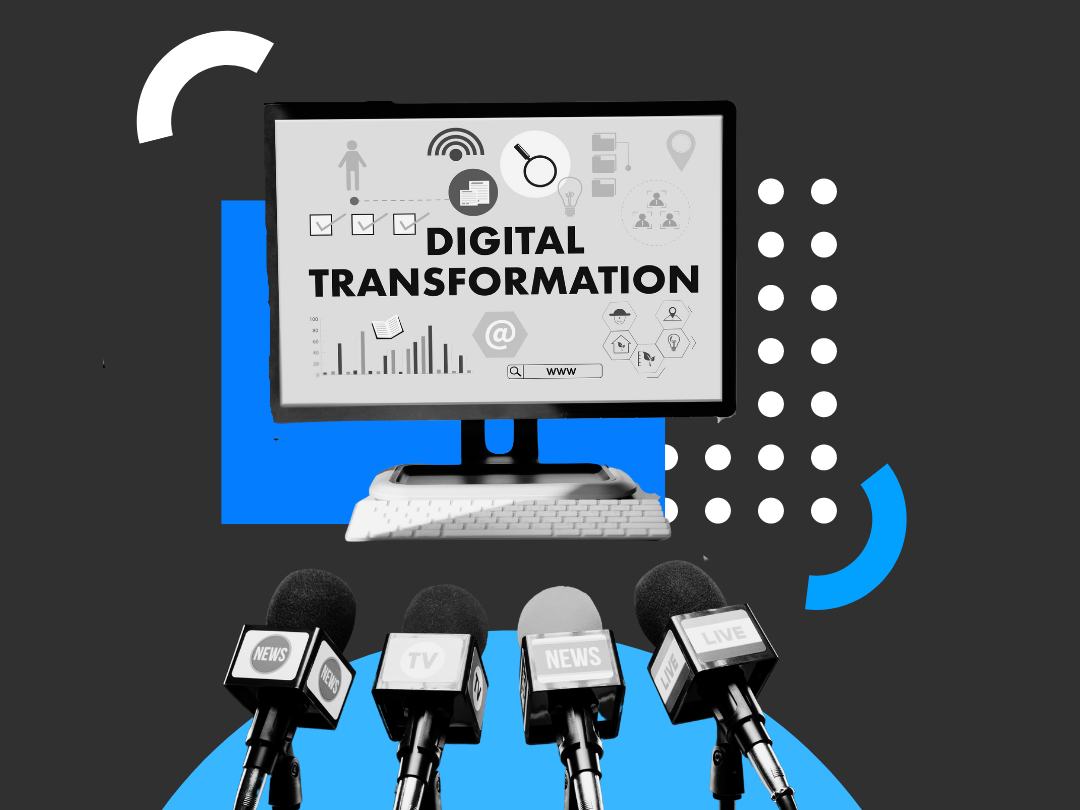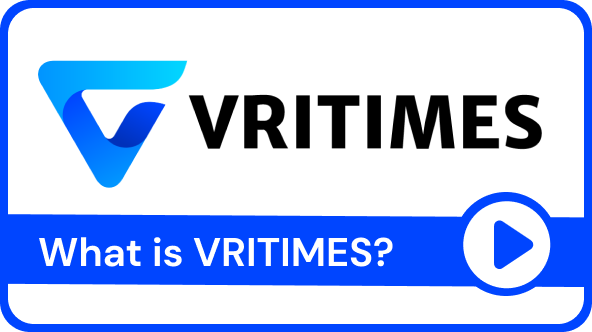/ Embracing the Future: Using Virtual Reality and Holographic Technology to Transform Press Conferences
Embracing the Future: Using Virtual Reality and Holographic Technology to Transform Press Conferences

Traditional press briefings are undergoing a fundamental transformation in an era when technology breakthroughs are constantly reshaping our reality. The convergence of virtual reality (VR) with holographic technologies ushers in a new era of communication, altering how information is shared and received. As we travel deeper into the metaverse, as represented by Meta, the promise of futuristic press conferences becomes even more appealing.
1. The Metaverse: A Doorway to Infinite Possibilities
The metaverse - an interconnected digital realm where physical and virtual realities combine - is at the vanguard of this transformational terrain. Meta, formerly known as Facebook, is one corporation that has embraced this philosophy. Meta envisions a future in which people can move smoothly between the real and virtual worlds using its immersive platform. The concept of futuristic press conferences truly takes off in this metaverse.
2. Breaking Down Geographical Barriers Through Virtual Reality
Consider a press conference in which journalists, influencers, and stakeholders from all around the world convene in a virtual setting. Participants transcend geographical borders using the power of VR headsets, removing the need for costly travel and lowering the carbon footprint associated with physical events.
Attendees immerse themselves in lifelike simulations of conference rooms or distinctive thematic environments tailored to the event's purpose in this virtual universe. The keynote speaker's holographic avatar captivates the crowd as they take the stage, flawlessly combining the physical and virtual presence. Journalists raise their digital hands, and real-time questions are posed, resulting in a dynamic and fascinating discussion.
3. Bringing Keynote Addresses to Life with Holographic Speakers
Holographic technology, which has long been linked with science fiction, is set to become an essential component of futuristic news conferences. The days of two-dimensional television feeds may be coming to an end as holographic speakers transform the way we watch keynote talks.
Consider seeing a CEO's holographic projection appear on stage, their dynamic presence catching every element of body language and expression. This technology allows presenters to connect with their virtual audience in a natural way, making the experience as authentic as an in-person presentation. Journalists and guests alike can study facial expressions, gestures, and even make virtual eye contact, which is a far cry from the passive observer posture that is typical of traditional press conferences.
4. Interactive Engagement: Redefining Q&A Sessions
The interactive character of futuristic news conferences is one of its most fascinating promises. Q&A sessions in the metaverse are no longer limited to audio or text exchanges. Participants can instead join the speaker on a virtual stage for face-to-face interactions that transcend physical barriers.
Participants in Meta's metaverse might possibly project lifelike avatars into the conference, providing an environment where real-time dialogues between digital representations take place. This participatory participation generates a sense of immediacy and connection, propelling press conferences into a new dimension of authenticity.
5. Considerations and Challenges
While the prospect of futuristic news conferences is obviously appealing, it is not without obstacles and considerations. The issue of accessibility comes first and foremost. As virtual reality and holographic technology advance, it becomes increasingly important to ensure that these experiences are inclusive and accessible to a wide audience.
Furthermore, the legitimacy of interactions within the metaverse creates ethical considerations. Maintaining the integrity of these press conferences requires striking a balance between genuine interaction and safeguarding against misinformation.
6. The Way Forward: Forging the Future of Communication
As we stand on the verge of a technological revolution, the possibilities for futuristic press conferences driven by virtual reality and holographic technologies are limitless. Meta's venture into the metaverse demonstrates the viability of these innovations, which are pushing the frontiers of how we connect and communicate.
The incorporation of virtual reality and holographic technologies not only transforms press conferences, but also has far-reaching ramifications for education, entertainment, and other sectors of society. While there will be problems ahead, the appeal of more engaging, immersive, and inclusive press conferences entices us to embrace this brave new world of communication. As the metaverse beckons, we go on an exciting journey to reimagine how we communicate, share information, and create the future.







